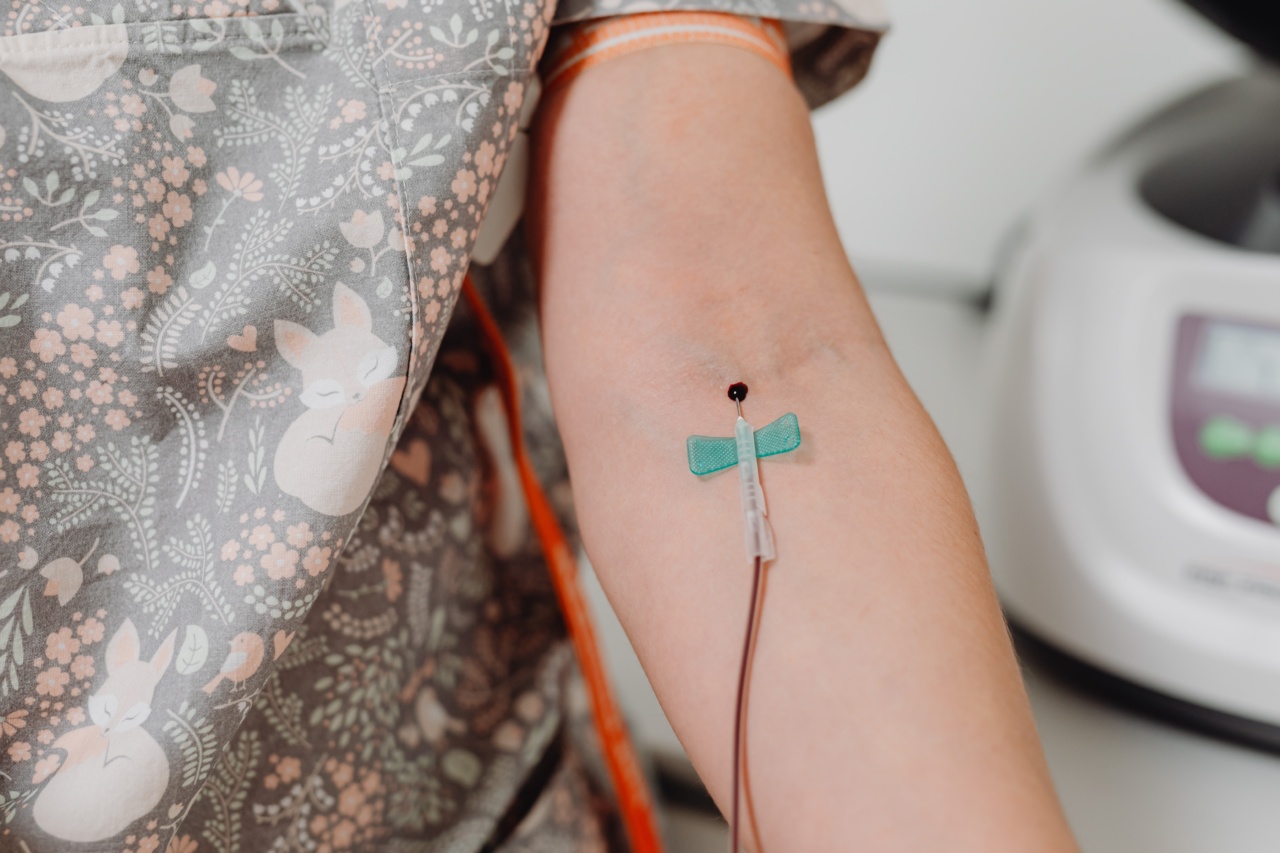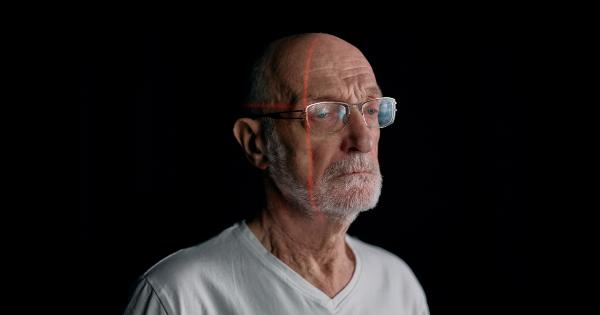A peripheral fistula is an abnormal connection between an artery and a vein, occurring outside of the heart and major vessels. It can occur naturally or result from surgical procedures or trauma.
Peripheral fistulas can cause various symptoms and complications, including pain, swelling, infection, and impaired blood flow. Effective treatment strategies are essential in managing peripheral fistulas to prevent complications and improve patient outcomes.
Evaluation and Diagnosis
Diagnosis of a peripheral fistula begins with a thorough physical examination and medical history review. The healthcare provider may feel a pulsating mass or abnormal bruit (a sound caused by turbulent blood flow) over the affected area.
Imaging studies such as Doppler ultrasound, computed tomography (CT) scan, or magnetic resonance imaging (MRI) may be ordered to confirm the presence of a peripheral fistula and provide detailed information about its location and extent.
Non-surgical Treatment
In some cases, non-surgical treatments can be effective in managing peripheral fistulas. Compression therapy with elastic bandages or compression garments can help reduce swelling and improve blood flow.
Non-invasive imaging-guided procedures, such as embolization, may be performed to block or close off the abnormal connection. Embolization involves delivering substances (e.g., coils, glue, or foam) through a catheter to occlude the fistula and restore normal blood flow.
Surgical Treatment
If non-surgical approaches fail or are deemed inappropriate, surgical intervention may be necessary.
The surgical treatment options for peripheral fistulas depend on several factors, including the size and location of the fistula and the overall health of the patient. Common surgical procedures include ligation (tying off) or resection (removal) of the abnormal connection and reconstruction of the affected vessels.
In complex cases, a multidisciplinary approach involving vascular surgeons, interventional radiologists, and plastic surgeons may be required to achieve the best outcome.
Post-Treatment Care
After surgical or non-surgical treatment, post-treatment care is crucial to ensure optimal healing and prevent complications.
The patient may be advised to keep the affected limb elevated and avoid strenuous activities that could put pressure on the surgical or treated area. Regular follow-up appointments and imaging studies may be scheduled to monitor the healing process and assess the effectiveness of the treatment.
Potential Complications
Peripheral fistulas can lead to various complications if left untreated or poorly managed. These include infection, thrombosis (formation of blood clots), ischemia (lack of blood supply), chronic pain, and impaired limb function.
The risk of complications can be minimized by timely diagnosis, appropriate treatment, and diligent post-treatment care.
Prognosis and Outcomes
The prognosis for peripheral fistulas depends on factors such as the size and location of the fistula, the patient’s overall health, and the chosen treatment approach.
With timely and effective intervention, most peripheral fistulas can be managed successfully, leading to improved symptoms and overall quality of life. However, in some cases, complications may persist or recur, requiring additional treatments or long-term monitoring.
Future Directions
Ongoing research and technological advancements are constantly improving the understanding and management of peripheral fistulas.
Emerging therapies, such as endovascular stent-grafts and targeted drug delivery systems, hold promise for more targeted and minimally invasive treatments. Further studies focusing on long-term outcomes and comparative effectiveness are needed to refine treatment algorithms and optimize patient care.
Conclusion
Peripheral fistulas are abnormal connections between arteries and veins outside of the heart and major vessels. Timely and effective treatment strategies are essential to prevent complications and improve patient outcomes.
Non-surgical approaches and surgical interventions, supported by appropriate post-treatment care, play important roles in managing peripheral fistulas. Further research and innovation in this field will continue to enhance our ability to diagnose and treat peripheral fistulas more effectively.






























